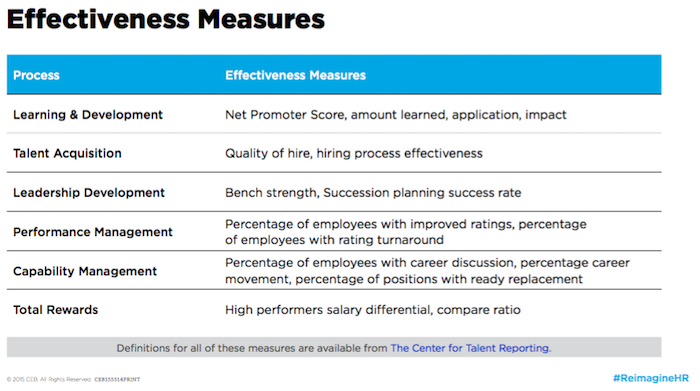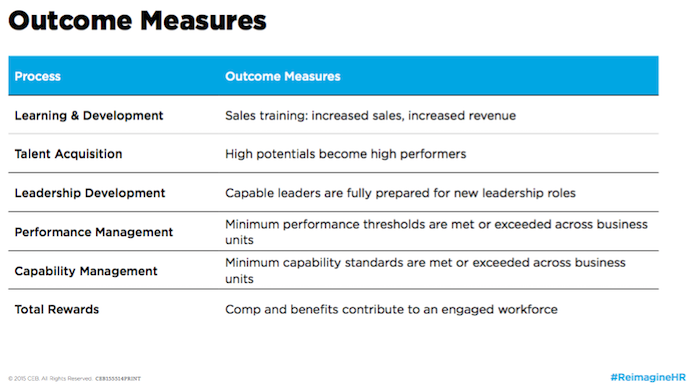The lack of visibility around what HR functions achieve and how they communicate results are damaging their perception in organisations, according to a human capital measurement expert.
HR professionals can play a critical role in developing talent in order to meet business challenges, but organisations have little confidence in their ability to deliver on those promises, CEB senior client advisor Robin Boomer told the recent ReimagineHR 2016 event.
“It’s not so much a situation that [HR is] not doing the things that are leading to the outcomes that [senior leaders are] looking for, but more, they don’t see the alignment between what we’re doing on a day-to-day and a quarterly basis, and the outcomes as they impact what they’re interested in, which is the strategy and direction of the business,” he said.
Boomer added that HR should move away from a cost centre mentality and narrow metrics based on “satisfaction, cost and activity”, and engage in what senior leaders want to understand, which is “results, value and application”.
“What do CFOs, CEOs and line leaders want to see? How can we provide reporting that follows the right formatting to get them engaged and provide them the right level of decision support that they need in a way that’s meaningful to them?” he asked.
Using metrics such as those under the Talent Development Reporting Principles (TDRP) can help turn around this lack of confidence and satisfaction in HR, Boomer said.
These are a set of reporting standards and measures developed by the US-based Center for Talent Reporting, based on six pillars of human capital functions: learning and development, capability management, leadership development, performance management, talent acquisition and total rewards. The guiding principles for HR work in a similar way to the Generally Accepted Accounting Principles (GAAP) for accountants in the US.
Three types of measures
The efficiency, effectiveness and outcomes of HR practices are three measures HR should report in combination, to enable others to draw connections and see the results leading to value and application, Boomer suggested.
Any more than 20 measures would be “difficult to manage”, Boomer said.
Measures should have a clearly defined goal, an established plan or target, and be reviewed once a month, so HR will “actively do something about it” if goals aren’t being met as planned or forecasted at the time of reporting, he explained.
Results should also be presented in conversation, rather than something emailed through “blindly”.
That way, HR professionals can bring their contexts and insights based on some of the measures that might not be recorded in these reports, he said.
Boomer warned that moving towards this type of reporting is a process that will “take consistent iteration and tweaking over time”.
“It’s not something that you do once, set it and forget. It’s something you need to work on over and over.”
Data should be presented in “a consistent albeit boring format”, as this is what executives and senior leaders request, he pointed out.
“They don’t need charts and graphs that are highly animated, they just want it laid out in black and white. Where are we; where do we expect to be; where do you think we’re going to land?”





































